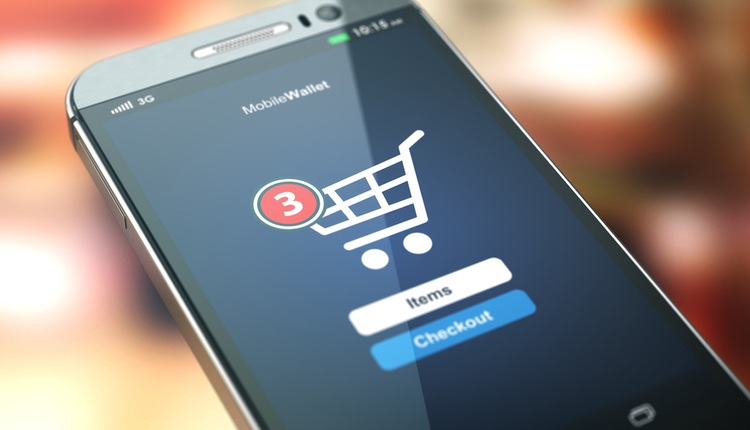This article originally appeared in our July/August issue
If you are a small- or medium-size business (SMB), do you feel like you are spending too much on shipping? Most likely, you are. Many large shippers carry enough clout to negotiate with the large carriers, but SMBs do not have that luxury. The big carriers call the SMBs “LVHM” (low-volume, high-margin accounts), pronounced “love ‘em.” This is driven by the notion of higher discounts for higher volumes. This is a very practical pricing tactic. However, the e-commerce world is getting rattled by Amazon. From free shipping to next-day delivery, the smaller merchants need to find more effective and creative ways to compete. The most logical solution would be to negotiate a new agreement, but the two big carriers tend to “bucketize” SMBs based on volume to protect their margins. However, maybe a third-party negotiator (3PN) could help, but most 3PNs are not interested in any shipping volume under $1 million. This means the shipper needs to be creative in their approach. Let’s take a look at the drivers in this process:
1. Volume: Most SMBs ship fewer than 200 shipments per day. This volume is under the threshold for most shippers to get a good discount from the USPS or private carriers, especially for the parcel select service.
2. Mode/Weight: With more shipments going to residential addresses, it is critical to optimize the service type for each shipment. It is no longer an option to just send it via ground. This will make you less competitive with Amazon in a nanosecond. FedEx and UPS offer “Parcel Select” services but at a much higher price point.
3. Technology: Most of the big carriers offer their proprietary shipping platforms for free. This may look enticing but could lock you into one supplier at a higher cost. There are many multi-carrier shipping platforms that can allow for parcel optimization. They may charge a monthly fee, but it will be recovered very quickly.
One of the big concerns in looking at moving away from one of the two big carriers is that you have a change in your rate discounts or incentives. It is important to understand your incentive bands and what the impact would be if you moved volume from a current carrier. A very effective strategy would be to make these changes at the same time. It is critical to do the analytics on your business before making a change. There are many organizations that can provide a financial impact analysis.
This all sounds great, but how do I execute this strategy? There are many 3PLs and e-commerce fulfillment companies that have this leverage with multiple carriers… you just need to find them. As Amazon continues to be disruptive in the e-tail industry, it is imperative for merchants to find the most cost-effective way of shipping their products to consumers. The consumer experience (CX) will drive the growth or decline of all merchants.
The secret is out… now you need to act on it.
Michael J. Ryan is the Executive Vice President at Preferred Parcel Solutions and has over 25 years of experience in the parcel industry. He can be reached at 708.224.1498 or michael.ryan@preferredship.com.













